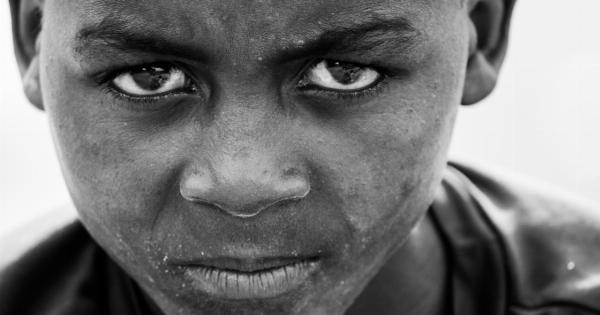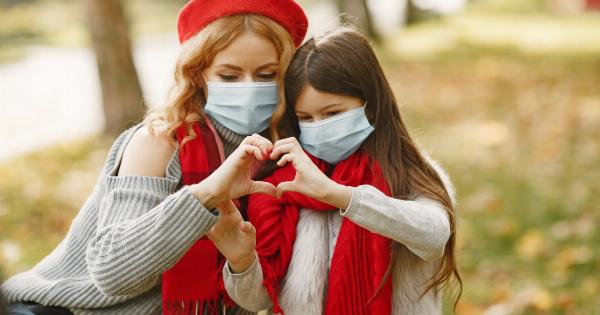When it comes to the cleanliness and hygiene of children, parents often find themselves wondering about the best practices. One question that frequently arises is how often children’s nightclothes should be washed.
While there is no one-size-fits-all answer to this question, it is crucial to prioritize regular washing to maintain good hygiene and prevent potential health issues. In this article, we will explore the recommended frequency for washing children’s nightclothes and the factors that can influence this decision.
Importance of washing children’s nightclothes
Children are more prone to various infections and allergies due to their delicate immune systems. Nightclothes can harbor dirt, sweat, bacteria, allergens, and even traces of urine or feces, depending on the child’s age.
Regular washing ensures that these contaminants are removed, reducing the risk of skin and respiratory issues. Additionally, clean nightclothes promote better sleep and comfort for the child, which is essential for their overall well-being.
Factors to consider
Several factors influence the recommended frequency for washing children’s nightclothes. These include:.
1. Age
The age of the child plays a significant role in determining how often their nightclothes should be washed. Infants and toddlers have a higher likelihood of diaper leaks, spit-up, and other accidents.
As a result, their nightclothes may need to be washed more frequently, possibly even daily. Older children who are potty trained or have fewer accidents generally require less frequent washing.
2. Climate
The climate in which you live can also impact the recommended washing frequency. In warmer and more humid climates, children may sweat more during the night, leading to increased odor and bacteria buildup.
In such cases, it is advisable to wash their nightclothes more frequently to maintain cleanliness and freshness.
3. Personal habits and preferences
Some children naturally sweat more than others, while some may have sensitive skin that requires more frequent washing to prevent irritation.
Observing your child’s personal habits and considering their individual needs can help you determine an appropriate washing schedule that suits them best.
4. Allergies or skin conditions
If your child has allergies or a pre-existing skin condition like eczema, regular washing becomes even more crucial. Allergens and irritants can accumulate on nightclothes over time, triggering flare-ups.
In such cases, it is recommended to wash their nightclothes at least every other day or as advised by a healthcare professional.
Recommended washing frequency guidelines
While the factors mentioned above should be taken into account, the following are general guidelines for washing children’s nightclothes:.
1. Infants and toddlers (0-2 years old)
For babies and young children, it is recommended to wash their nightclothes after each use. This ensures optimal cleanliness, particularly due to the higher likelihood of accidents and spills during this stage.
2. Preschoolers and primary school-aged children (3-8 years old)
Children in this age range generally have fewer accidents and can go a few nights with the same pair of nightclothes. However, it is still advisable to wash their nightclothes at least every 2-3 days to maintain good hygiene.
3. Older children and pre-teens (9-12 years old)
By this age, children are usually more independent and responsible for personal hygiene. Washing their nightclothes every 3-4 nights should be sufficient, unless they have a specific condition or habit that requires more frequent washing.
4. Teenagers (13+ years old)
Teenagers may have increased perspiration due to hormonal changes, making more frequent washing necessary. Aim to wash their nightclothes every 2-3 nights, or as needed based on personal hygiene habits and climate.
Tips for washing children’s nightclothes
To ensure proper cleaning and maintenance of your children’s nightclothes, consider the following tips:.
1. Sort and separate
Separate nightclothes from other laundry items to maintain their cleanliness and prevent cross-contamination.
2. Choose a suitable detergent
Use a gentle detergent that is free from harsh chemicals and fragrances to minimize the risk of skin irritation or allergies.
3. Follow care labels
Read and follow the care labels on the nightclothes, as they provide specific instructions for washing and drying.
4. Use the right water temperature
For most nightclothes, a warm water setting (around 40-60 degrees Celsius) is sufficient. However, if your child has been ill or the nightclothes are heavily soiled, a hot water cycle (above 60 degrees Celsius) may be necessary.
5. Properly dry nightclothes
Avoid overdrying nightclothes to prevent shrinking or damaging the fabrics. Line-drying or using the low-heat setting on your dryer is generally recommended.
6. Store nightclothes properly
Once the nightclothes are clean and dry, store them in a clean and dry drawer or closet to maintain their freshness until the next use.
Conclusion
Regularly washing children’s nightclothes is essential for maintaining cleanliness, preventing potential health issues, and promoting a good night’s sleep.
The recommended frequency depends on various factors, including the child’s age, climate, personal habits, and any existing allergies or skin conditions. By considering these factors and following the guidelines provided, you can ensure that your child’s nightclothes remain clean and comfortable, contributing to their overall well-being.




























